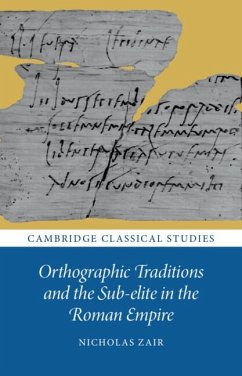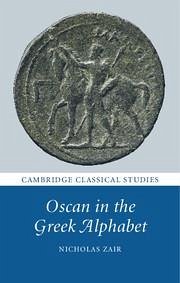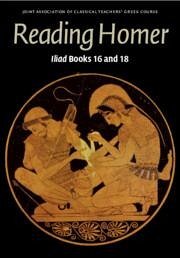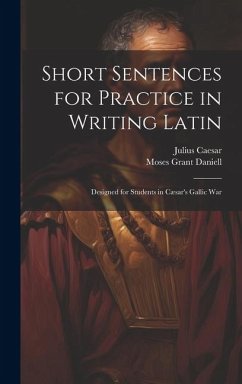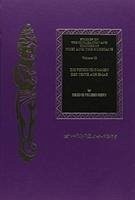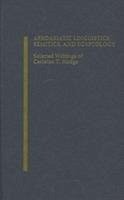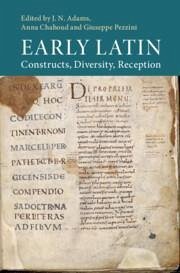
Early Latin
Constructs, Diversity, Reception
Herausgeber: Adams, J N; Pezzini, Giuseppe; Chahoud, Anna

PAYBACK Punkte
84 °P sammeln!
"The most detailed and comprehensive study to date of early Latin language, literary and non-literary, featuring twenty-nine chapters by an international team of scholars. Defines linguistic features of different literary genres, and addresses problems such as the limits of periodisation and the definition of the very concept of 'early Latin'"--




